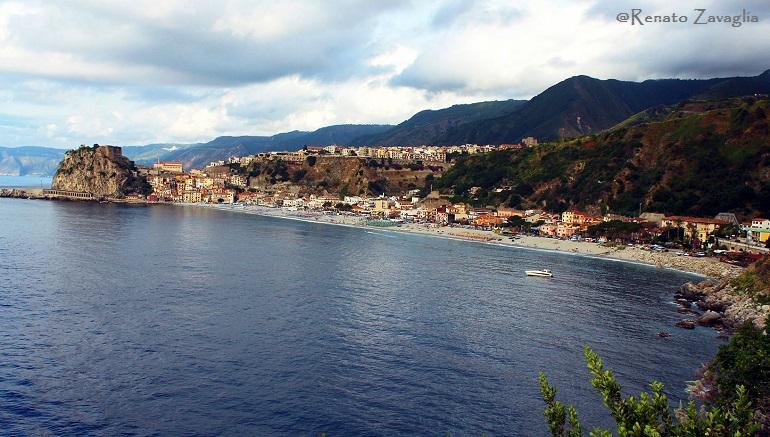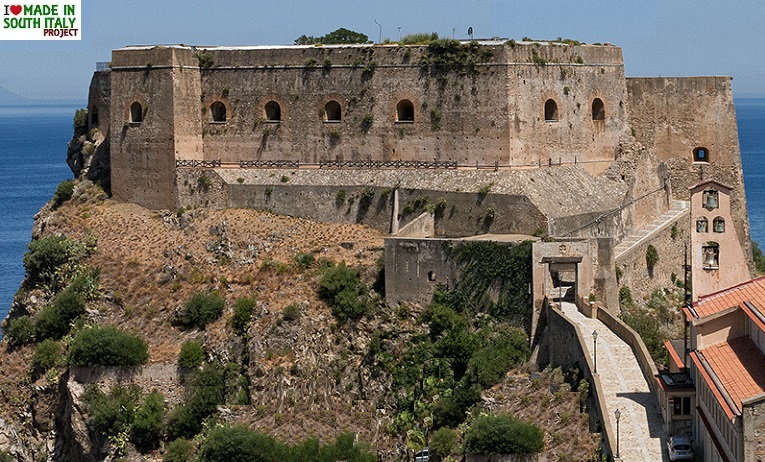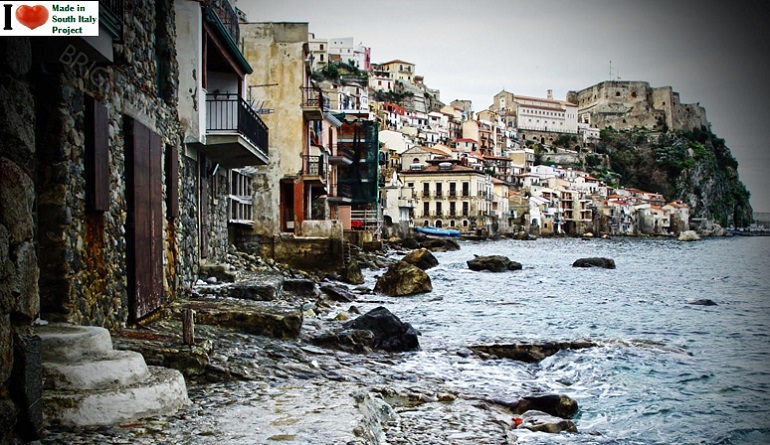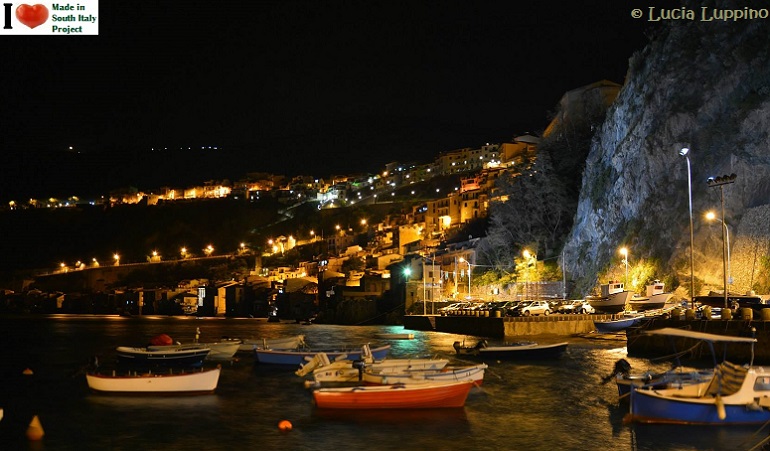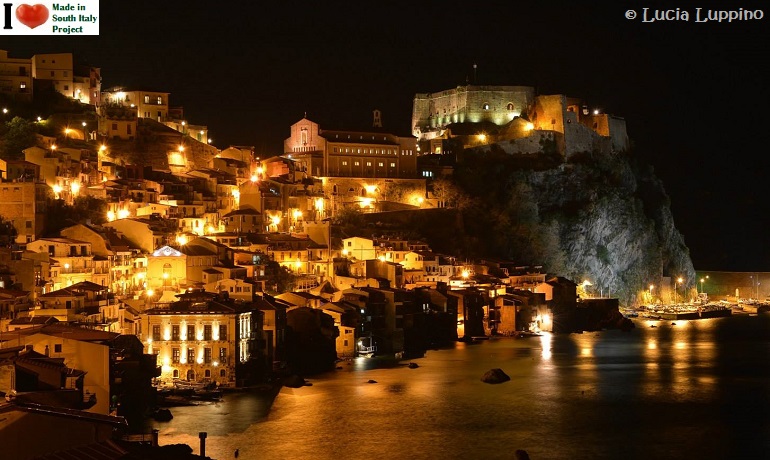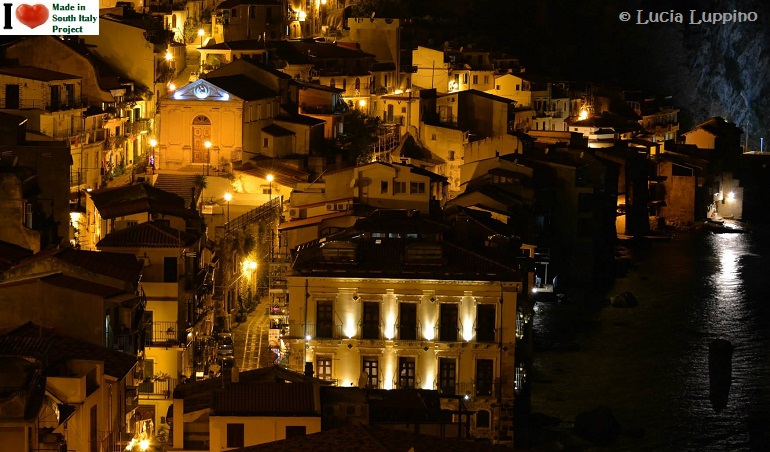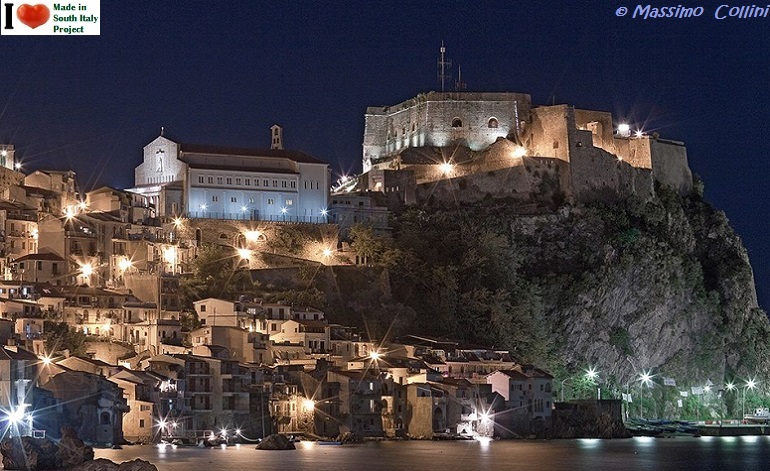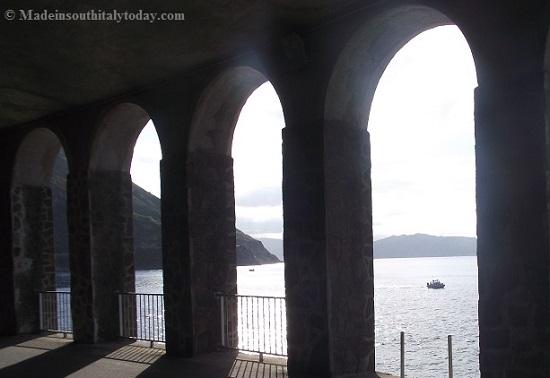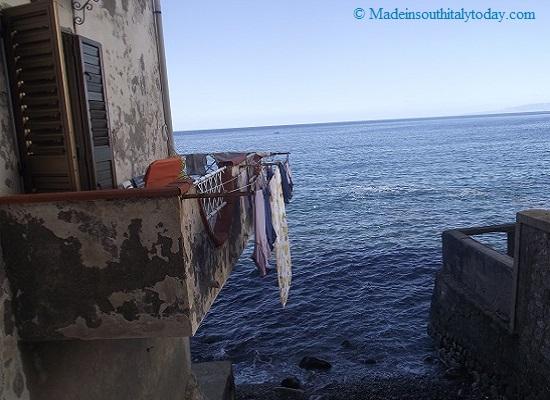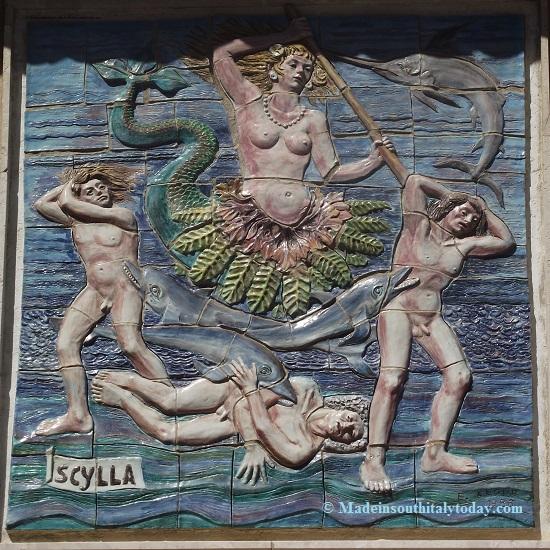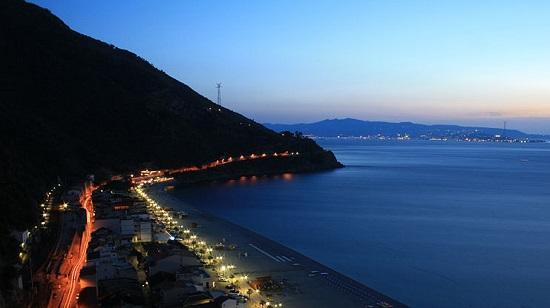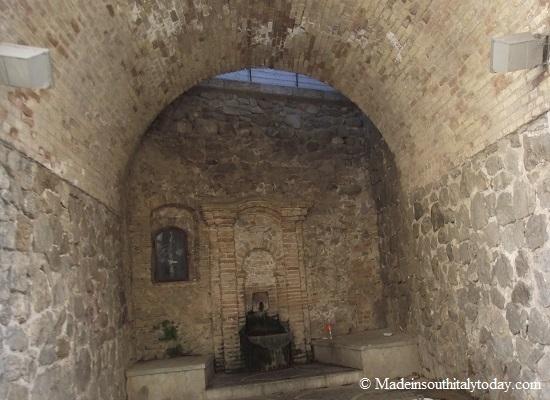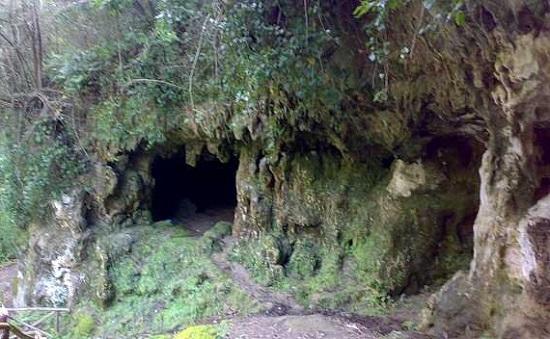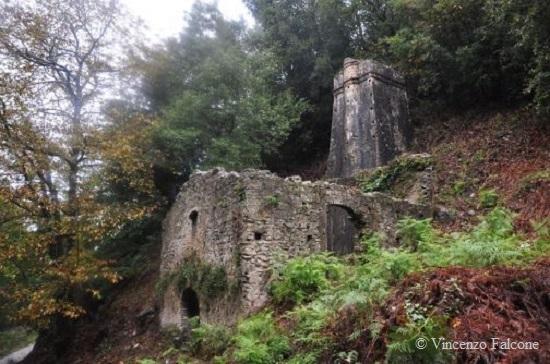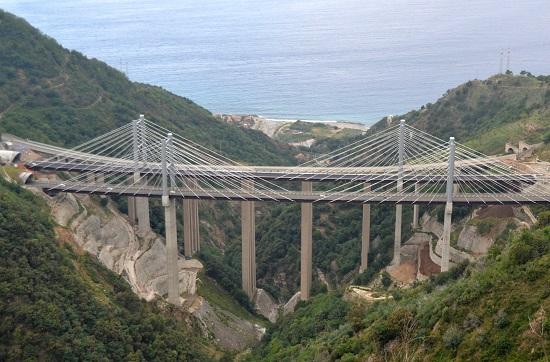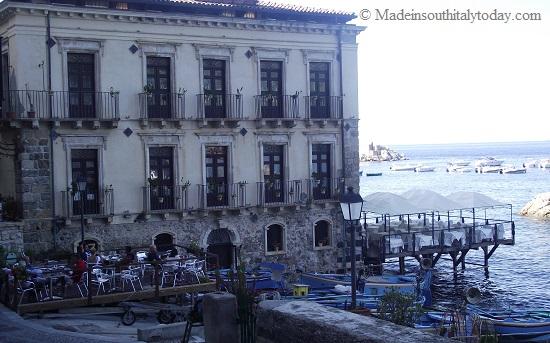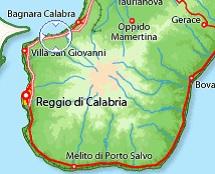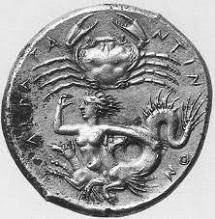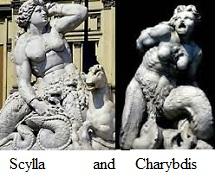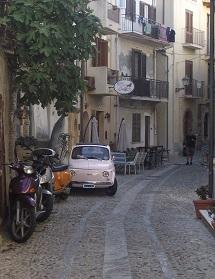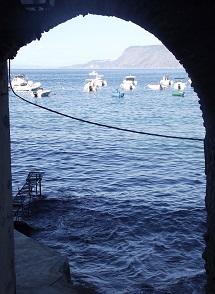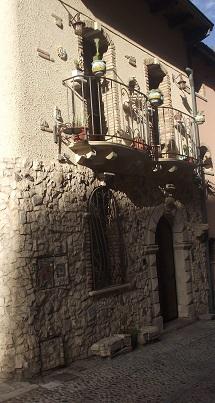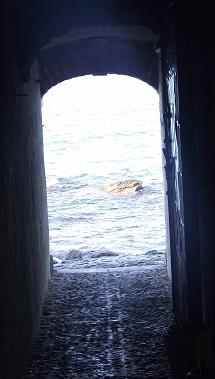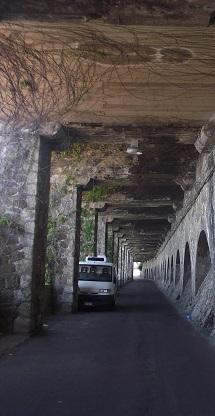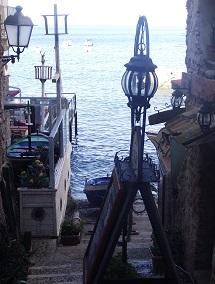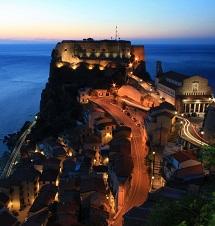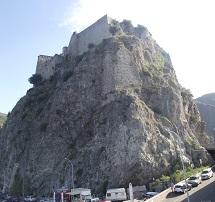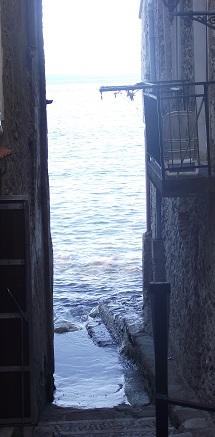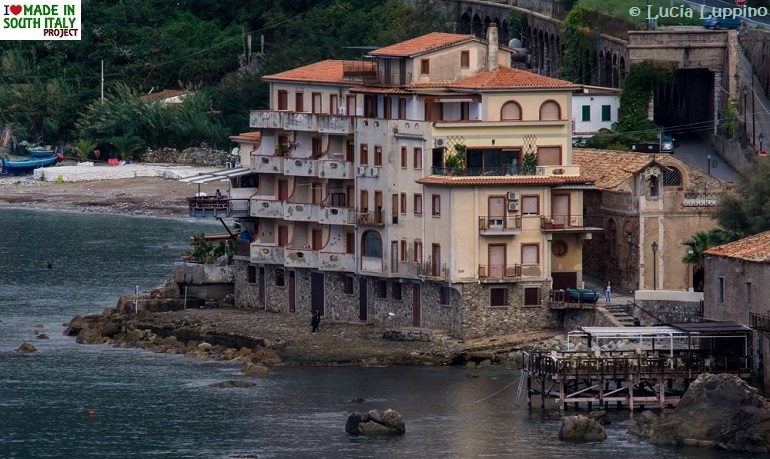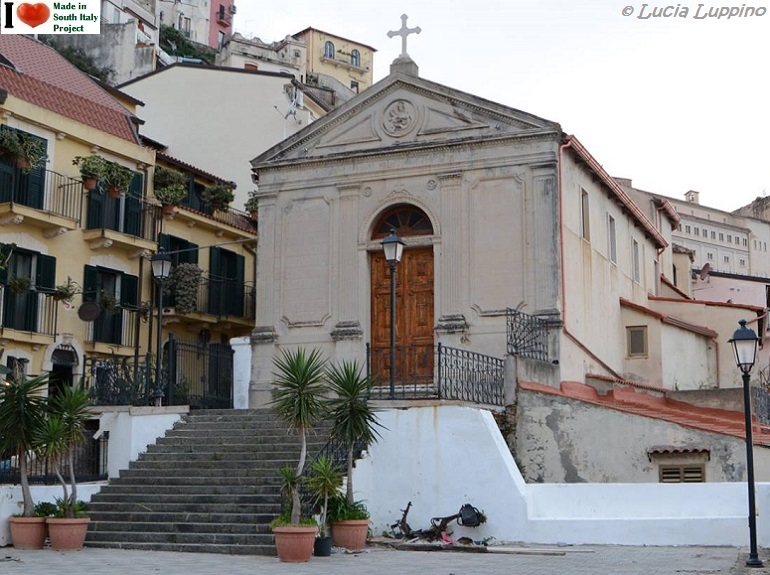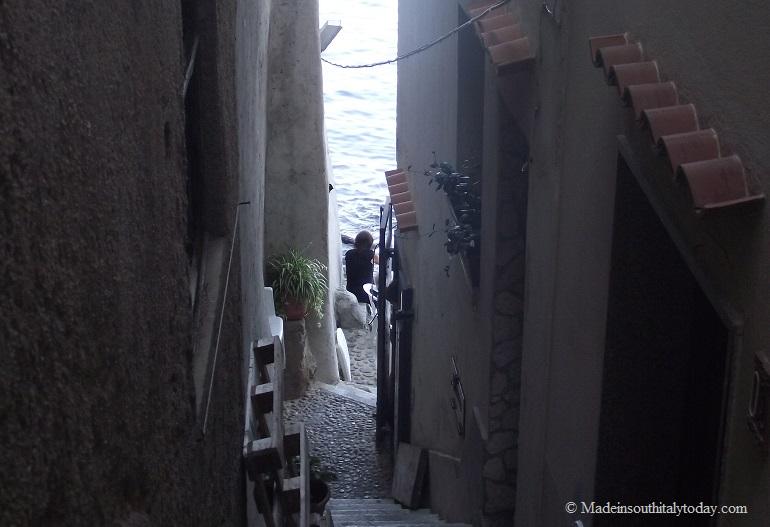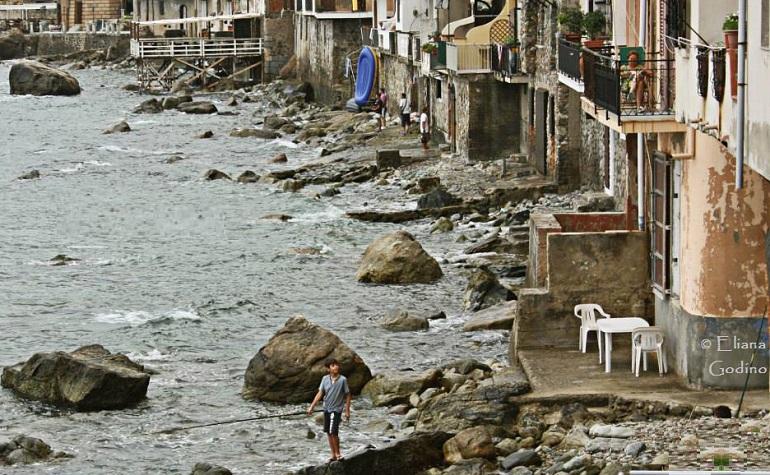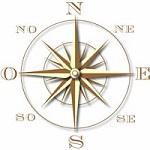|
By Domenico Russumanno
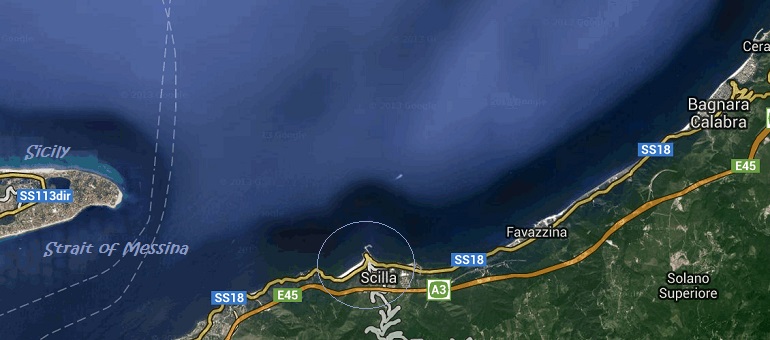
The traditional site of the sea monster Scylla of Greek mythology.
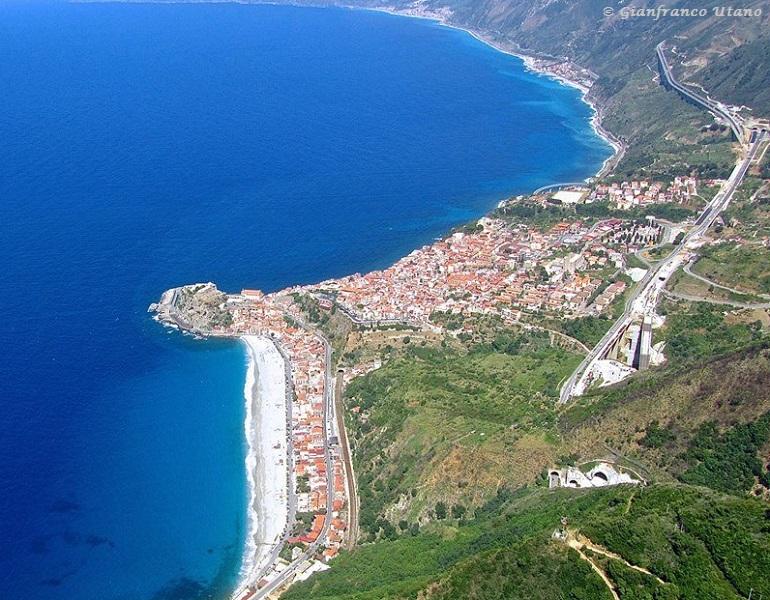
A fishing and tourist village at the north end of the Strait of Messina (Stretto di Messina) sitting on a rocky promontory, dividing Marina Grande and the older historical centre known as Chianalea toward which the houses slope.
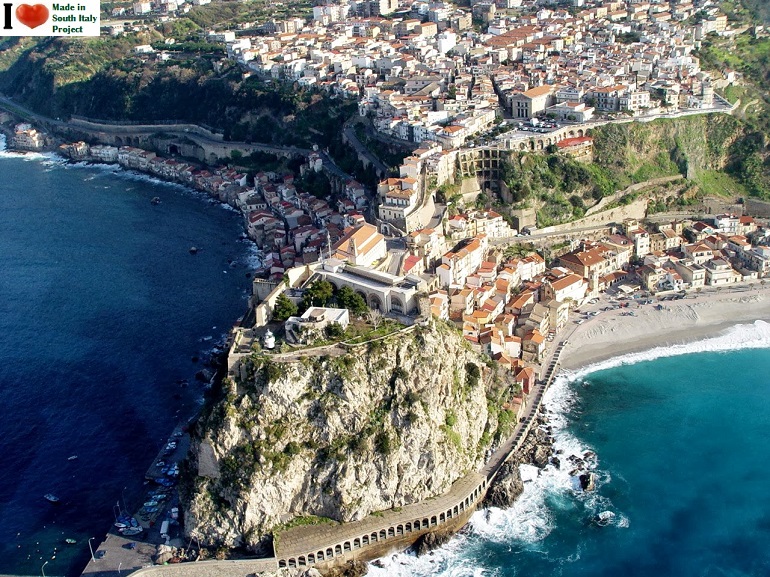
The spell of our Mediterranean landscapes.
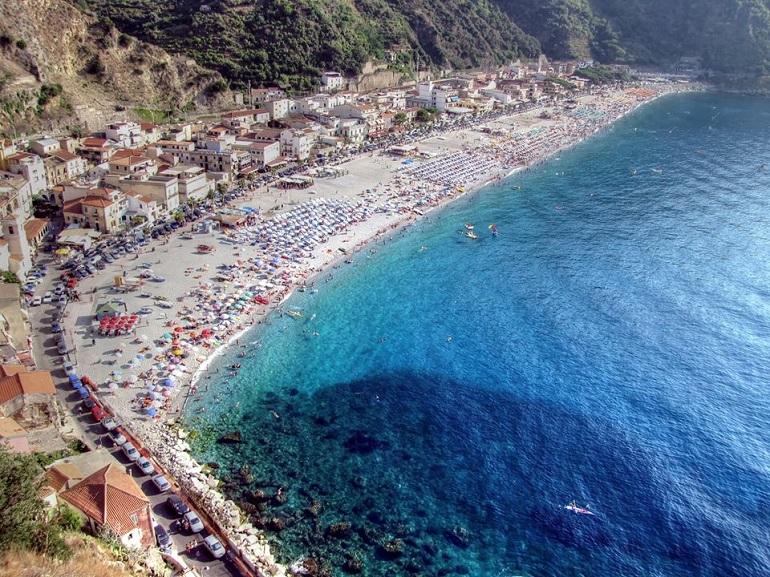
At the end of the promontory is the little harbor dominated by the Ruffo castle.
The castle, originally late medieval, has been rebuilt at various times.
A rocky outcrop divides Scilla in two main parts: Marina Grande , is the more touristy,
and Chianalea , the old fishing port, with houses stacked on each other.
Unforgettable sunsets ...
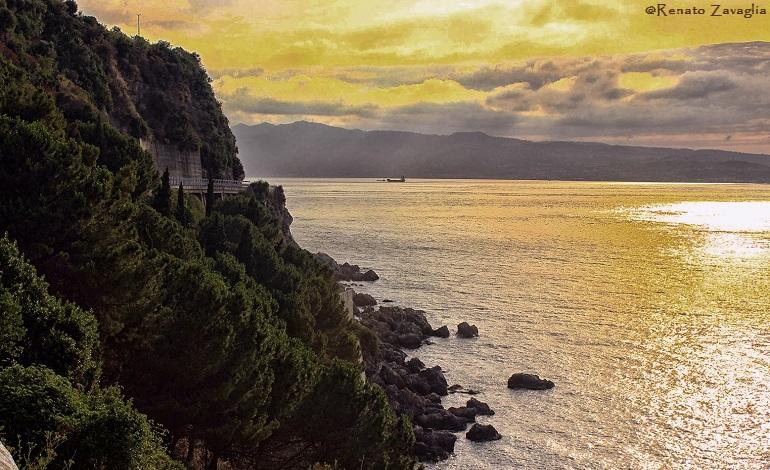
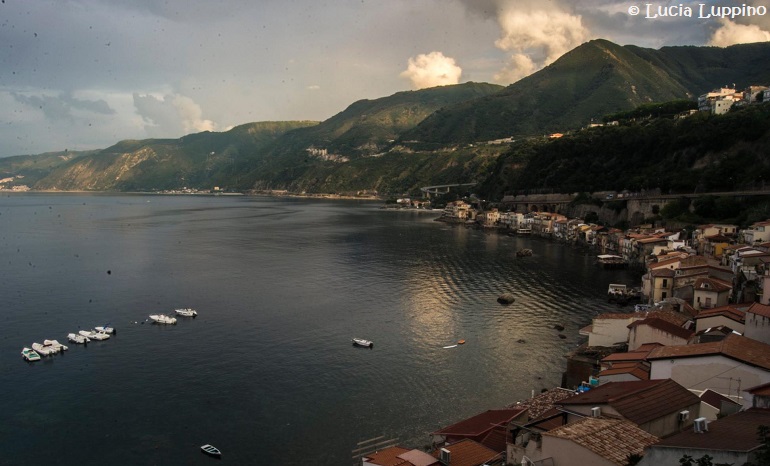
|
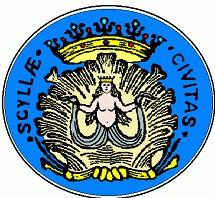 Calabria's sunsets, already spectacular in their own rights, in Scilla seem to assume a new unique characteristics, fed with unreal quivers when the enchanting fishing hamlet is admired from within its arched narrow streets and alleys, all separated from each other by yet more small alleys, all heading down, straight toward the sea. Calabria's sunsets, already spectacular in their own rights, in Scilla seem to assume a new unique characteristics, fed with unreal quivers when the enchanting fishing hamlet is admired from within its arched narrow streets and alleys, all separated from each other by yet more small alleys, all heading down, straight toward the sea.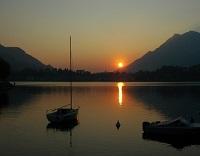 The charming Chianalea district lies along the seafront and the water often reaches the doors of the houses whose walls are built directly on the reefs. The charming Chianalea district lies along the seafront and the water often reaches the doors of the houses whose walls are built directly on the reefs.
The buildings are continually subjected to the impact of the waves, creating that unmistakable evocative sound, which, amplified by the silence of the night, adds a special background to the life of the residents.
The fishing hamlet is located approximately 25 km north of Reggio di Calabria, right across from the strait of Messina, Sicily.The town stands in a picturesque location overlooking two bays separated by the famous cliff, dominated by the 11th century castle built by the Ruffo princes.
It is definitely about fishing that life in the village is made of, making it a stage for the daily life which continues to evolve hidden in the narrow alleys and carrying on that dignified marine lifestyle never really abandoned.
Here, in the maze of arched staircases and alleyways that climb up the hill to then descend again touching the sea, is not unusual to spot, under a window or beside a door, one, two, or more boats.
Nor would be unusual to observe a resident fishing from the kitchen's balcony.
Known as "Scyllaeum" in the Homeric myth of Scylla and Charybdis, the two sea monsters which threatened ships in the waters of the strait. Homer's legend of the destructive force wielded by the six-headed monster would have us believe Ulysses escaped miraculously was no doubt due to the fiercely opposing currents prevailing in the Strait of Messina.
Easily accessible from the A3, the marine village is one of the best known places in Calabria.
There is a small port for tourist craft and fishing boats and the Marina Grande is a magnificent 800 meter long beach dominated by the recent restored Ruffo Castle which offers superb views from its bastions.
Among the narrow streets of Chianalea we also find the ancient buildings of particular importance, fountains, squares and churches of great historical and artistic interest, each with its own history, but all united by a particular natural landscape, offering a scene of great beauty.
Of interest is the 18th century church dello Spirito Santo at Marina Grande.
Above Scilla at Melia one can visit the Tremusa karstic grottoes...
...close to which rises the Paolo Re spring, whose waters are recommended for those who suffer from kidney diseases. Nearby is the old water mill of Scannaporcelli.
North of Scilla , the Favazzina bridge occupies a wonderful position overlooking the steep cliffs of the Violet Coast.
Renowned, too, are many of the restaurants where you can taste the catch of the day.
|
The name derives from the Phoenician skoula (rock) or Greek skola (dog) or Skylla, later translated into Latin as Scylla and Scyllaeum.
Some historians suggest that Scilla was founded at the time of the Trojan War (XII century BC).
Mythology narrates that Scilla was a beautiful young girl, daughter of Niso, who was King of Megara.
She was loved by the marine god Glauco, and transformed, by a wizard named Circe, into a monster with six heads of ferocious dogs who devoured sailors passing through the Strait of Messina.
The legend of
Scylla and Charybdis
(Scilla & Cariddi)
"Being between Scylla and Charybdis" is an idiom deriving from Greek mythology meaning of "having to choose between two evils".
Scylla and Charybdis were mythical sea monsters noted by Homer; Greek tradition sited them on opposite sides of the Strait of Messina between Sicily and mainland Calabria.
Scylla was rationalized as a rock shoal (described as a six-headed sea monster) on the Calabrian side of the strait and Charybdis was a whirlpool off the coast of Sicily.
They were regarded as a sea hazard located close enough to each other that they posed an inescapable threat to passing sailors; avoiding Charybdis meant passing too close to Scylla and vice versa.
According to Homer, Ulysses, king of Ithaca, was forced to choose which monster to confront while passing through the strait; he opted to pass by Scylla and lose only a few sailors, rather than risk the loss of his entire ship in the whirlpool.
|






